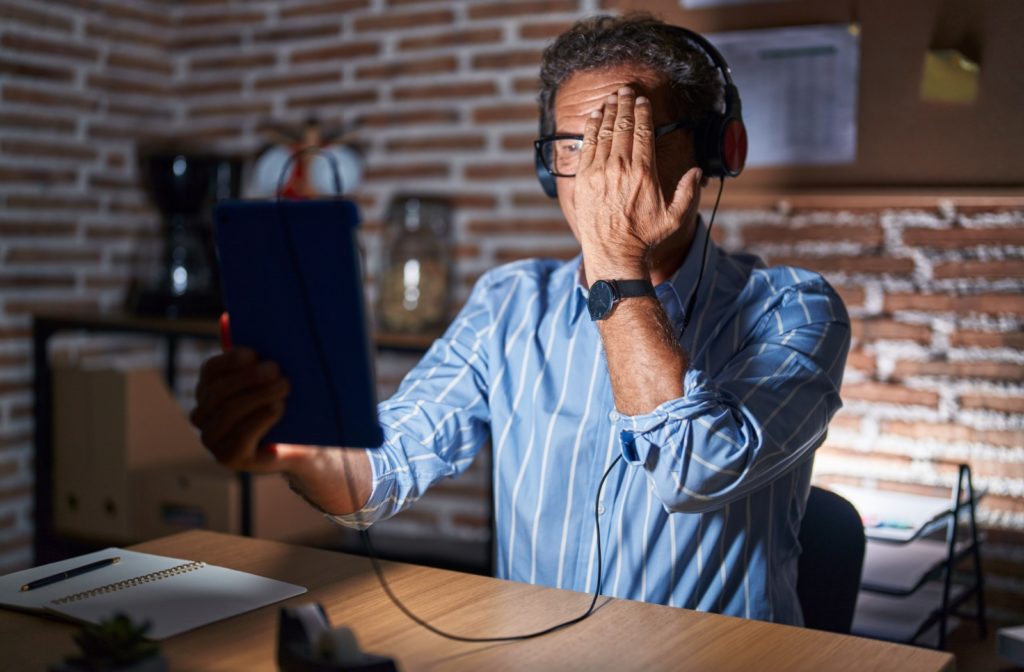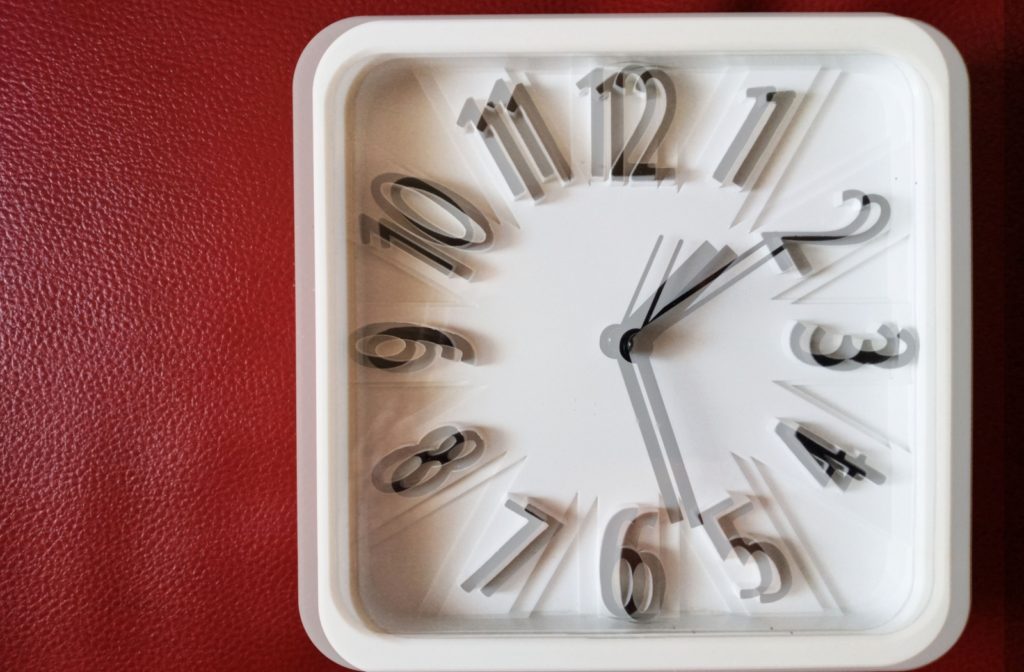The human eye is a wonderfully complex part of the body. It’s responsible for letting you see the world around you, and to do so, all of its tiny parts and systems need to work in harmony. But sometimes, a problem can develop, leading to conditions like binocular vision dysfunction. So can this type of condition develop suddenly, or is it more gradual?
Binocular vision dysfunction can be both. It sometimes can develop gradually over time, but often develops immediately following trauma or injury to the head. If you notice symptoms of blurry vision, poor depth perception, or double vision, reach out to your optometrist to discuss vision therapy.
What Is Binocular Vision?
Your visual system is a lot more complex than you may think at first. When you’re looking at something and it’s crystal clear, there’s a lot going on behind the scenes.
Because your eyes are spaced apart, they’re seeing everything at slightly different angles. This produces two images. The eyes work together and coordinate, and your visual system combines these two images into a single, clear picture. This is binocular vision.
This process helps you have depth perception—it lets you see the world in 3D without any drawbacks. When the eyes are working together and your entire visual system is in sync, you can easily focus on objects both near and far, letting you navigate the world with ease.
What Causes Binocular Vision Dysfunction?
When everything works perfectly, the eyes work together in harmony. However, this isn’t always the case—this system can be disrupted, leading to problems with your binocular vision.
This can be caused by several different factors:
- Natural eye misalignment, or crossed eyes, known as strabismus
- An unequal refractive error between the eyes
- Weakness in the eye muscles
- Brain damage or traumatic brain injury
- Nerve damage around the eyes
When you start to have problems with your binocular vision, it’s called “binocular vision dysfunction.” This can develop gradually over several years, or onset immediately after a head injury or stroke. No matter the cause, the result is often the same—this balanced system is disrupted, and you start to have vision problems.

Recognizing the Signs of Binocular Vision Dysfunction
Knowing that something’s wrong is a crucial step towards getting treatment. This is why it’s crucial to recognize that you’re experiencing binocular vision dysfunction. By knowing what to look out for, you can quickly intervene and get yourself help.
Some common symptoms to watch out for include:
- Double vision or overlapping images
- Eye strain, especially when reading or using a computer
- Headaches or eye pain
- Difficulty reading or concentrating
- Dizziness or motion sickness
- Closing or covering one eye to see clearly
If you notice any of these symptoms, don’t brush them off as just a normal problem—especially if you’ve recently experienced a head injury or stroke. Binocular vision can have a significant effect on your quality of life, so don’t take it lightly! Instead, reach out to your optometrist to discuss solutions.
How to Treat Binocular Vision Dysfunction
Good news! Binocular vision dysfunction is highly treatable—as long as you take the right approach. It all starts with a quick visit to your optometrist.
During a comprehensive eye exam, your optometrist can thoroughly examine your eyes. They’ll be able to determine the level of your misalignment and help find the underlying cause. Then, they’ll be able to recommend the right type of treatment to help you regain your vision.
Depending on the underlying cause and severity of your condition, your optometrist will likely recommend vision therapy.
What Is Vision Therapy?
Think of vision therapy the same as physical therapy for a hurt limb; a professional works closely with you to re-train the brain to properly use the muscles in coordination. Instead of just fighting through it, you carefully address each system experiencing trouble. Once the program is over, you regain use of your eye muscles, and proper function is restored.
Vision therapy is tailored uniquely toward each patient. It entails a group of special eye exercises and activities designed to train your visual skills, letting your eyes and brain work together to restore the natural harmony of your visual system. It’s non-invasive and drug-free, making it a popular approach to treating all kinds of conditions—like binocular vision dysfunction. This approach can bring out significant improvements in your visual abilities!
When to See an Optometrist
If you’re experiencing any sudden changes in your vision, don’t wait to seek help. Instead, contact our team at Total Vision Rancho Bernardo. We have the expertise needed to diagnose and treat conditions like binocular vision dysfunction, and we’re here to help.
Book an appointment with our team today!



